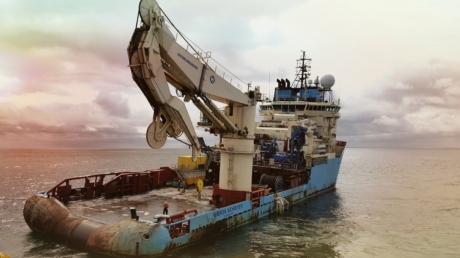
Stellite
Stellite is a family of cobalt-chromium alloys known for high wear resistance, heat stability, and corrosion protection. Stellite originally has been developed to restore worn-out components by means of conventional welding equipment. Nowadays, laser cladding of Stellite still offers high wear capabilities, combined with to average corrosion resistance.
What is Stellite?
Stellite is primarily composed of cobalt, chromium, and tungsten as elements, often in the following ratio: approx. 60% cobalt, 25–30% chromium, 5–15% tungsten, and a small amount of carbon. This composition results in a hard, durable surface that resists both wear and oxidation.
Typical components made with Stellite are for example bearings, sliding surfaces, hardfacing parts or valve seats.
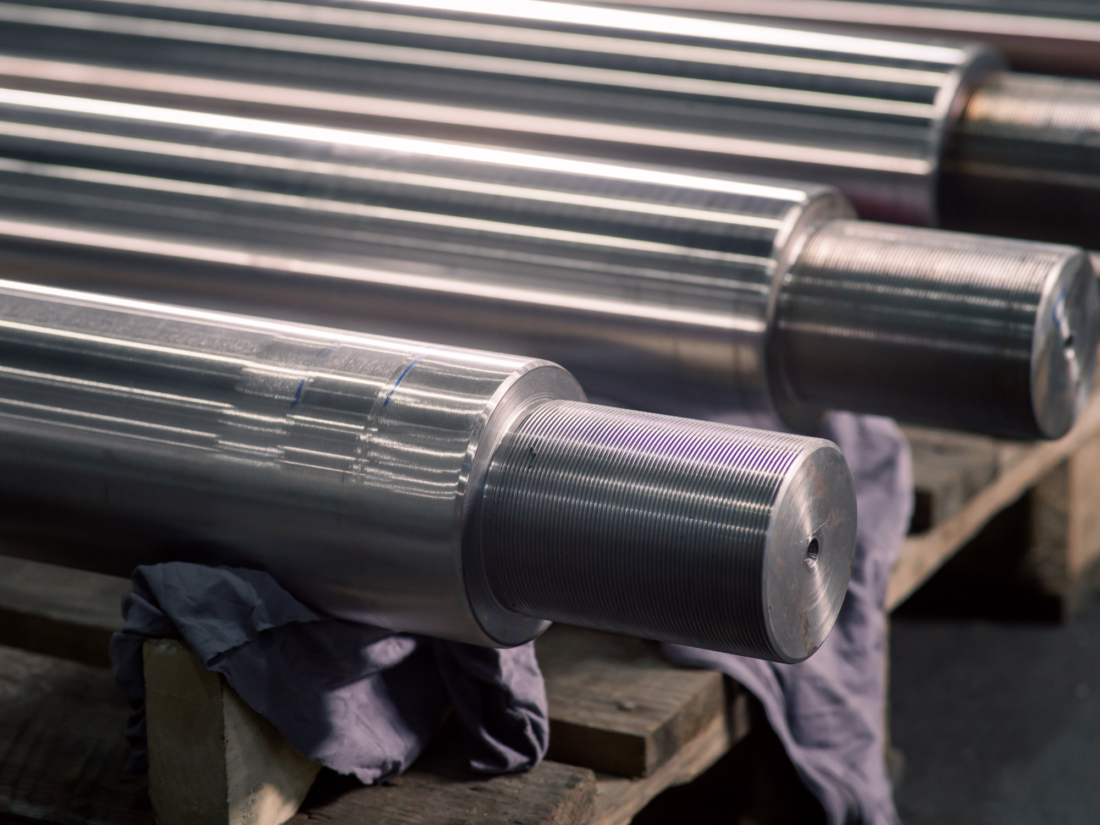
Characteristics of Stellite
Stellite alloys offer several key performance features:
- Wear resistance: Concentrations of carbide-forming make Stellite highly resistant to wear and erosion.
- High temperature performance: Stellite maintains its hardness and microstructure up to 800 °C. Ideal for turbines, engines, and other high-heat environments.
- Non-magnetic: Its cobalt base makes it suitable for applications where magnetic interference must be avoided.
- Corrosion resistance: Stellite resists to a certain extend acids, seawater, and other corrosive media. This is especially useful in industries as chemical, and food processing.
Applications of Stellite
Stellite is used across industries where components are exposed to wear, corrosion, or high heat. Examples include:
- Aerospace: turbine vanes, engine parts
- Oil & Gas: valve trims, pump components, cylinders
- Manufacturing: bushings, guides, milling and cutting tools
- Food Processing: blades, axes, hygienic wear surfaces such as drums and rolls
- Dredging & mining: drilling, grabbing, and dredging equipment
It is reliability in critical systems. This makes it a go-to solution for demanding technical applications.
Types of Stellite
There are between various types of Stellite alloys that can be distinguished. Each of these types has its own specific properties and application profiles.
Stellite 6
The most widely used type. Stellite 6 offers high wear resistance as well as well as moderate corrosion resistance. Its typical composition includes approx. 60% cobalt, 30% chromium, 5% tungsten, and 1.1% carbon. It’s often applied via HVOF thermal spraying or laser cladding and is suitable for general-purpose industrial applications. However, when applied with HVOF thermal spraying it has the downside of brittleness.
Stellite 12
Stellite 12 is similar to Stellite 6 but contains more carbide-forming elements, making it harder and more resistant to erosive wear. The corrosion resistance is limited. It withstands temperatures up to 700 °C. Commonly used for cutting edges, nozzle tips, and high-speed wear parts.
Stellite 19
Stellite 19 is specifically engineered to resist red heat: temperatures between 500 and 800 °C. It’s commonly used in cutting tools, punches, and high-temperature bearing surfaces. Compared to Stellite 6 and 12, it handles heat better but offers less ductility with still average corrosion resistance.
Stellite 21
Stellite 21 is based on a CoCrMo alloy matrix with dispersed hard carbides. These carbides enhance hardness but reduce toughness. It is highly resistant to thermal and mechanical shock, making it ideal for dynamic, impact-prone applications.
Stellite 250
Stellite 250 is engineered for extreme environments. It resists high temperatures, thermal shock, oxidation, and corrosion. Unlike other types, it’s optimized for the harshest conditions, like turbines and aerospace components.
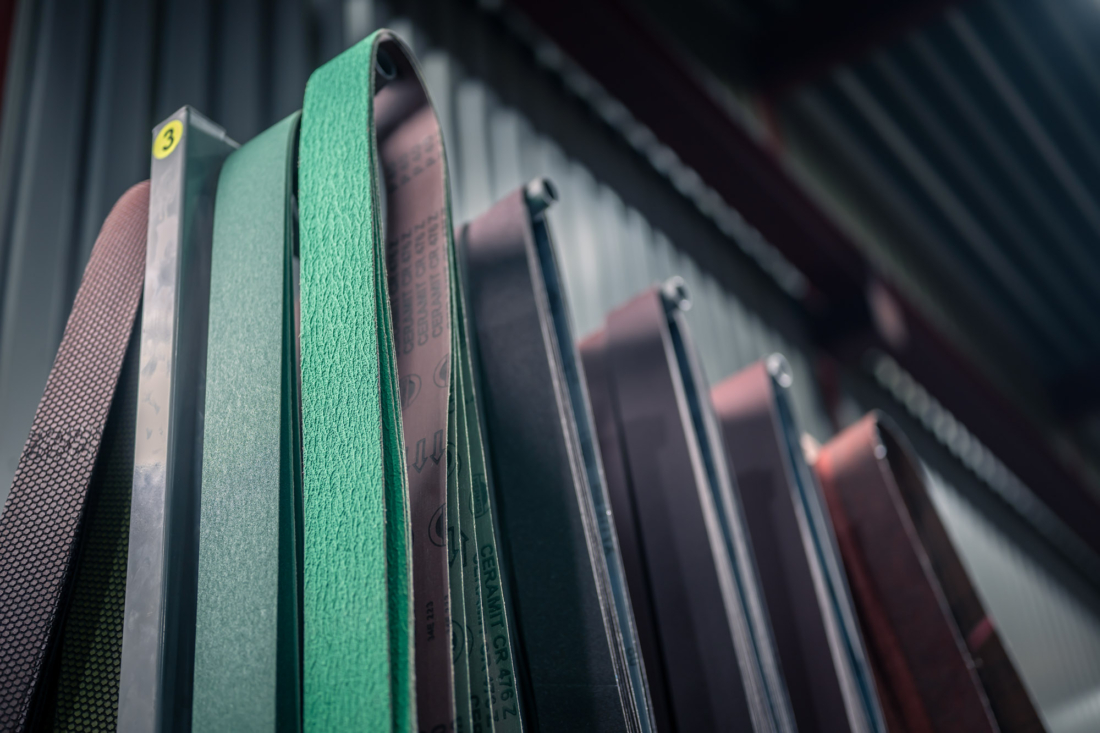
Comparison Table – Stellite Types
| Type | Key Characteristics | Typical Composition | Applications |
|---|---|---|---|
| Stellite 6 | Wear resistant, tough, all-purpose | Co ~60%, Cr ~30%, W ~5%, C ~1.1% | Hardfacing, valves, pump parts |
| Stellite 12 | Harder than S6, erosion-resistant, up to 700 °C | Co ~60%, Cr ~30%, W ~9%, C ~1.8% | Cutting tips, shears |
| Stellite 19 | Red heat resistant (500–800 °C), high hardness | Co ~59%, Cr ~25%, W ~13%, C ~2.5% | Cutting tools, high-temp bearing surfaces |
| Stellite 21 | Shock-resistant, CoCrMo-based | Co ~63 %, Cr ~27 %, Mo ~5,5 %, C ~0,25 % | Impact surfaces, bushings |
| Stellite 250 | High-temp, corrosion & oxidation resistant | Co ~50 %, Cr ~32 %, Ni ~10 %, W ~7 %, C ~0,5 % | Turbines, engine parts |
Advantages of Stellite
Stellite is one of the most widely used cobalt-based alloys for critical applications where performance matters. Its key advantages include:
- High wear resistance: Stellite maintains hardness and shape under high pressure, friction, and abrasive wear.
- High temperature resistance: It retains mechanical integrity at elevated temperatures. This makes it ideal for high heat environments such as turbines or engines.
- Corrosion resistance: To a certain extend it withstands corrosive media such as seawater, acids, and industrial chemicals.
- Versatile in application: Stellite is used in cutting tools, valve components, bearings, pump parts, and more.
- Excellent for hardfacing: Especially types like Stellite 6 are widely applied as hardfacing layers preferable via welding and laser cladding, as well as HVOF as an alternative.
- Non-magnetic: Its cobalt-based structure makes it suitable for non-magnetic applications.
- Good sliding and bearing properties: Its low-friction surface and toughness make it ideal for bushings and rotating parts in dynamic environments.
All these listed properties reduce downtime, extend component life, and improve reliability in demanding environments.
Disadvantages of Stellite
While Stellite offers outstanding performance, it comes with limitations:
- Difficult to machine: The same hardness that supports wear resistance, makes it harder to shape, drill, or mill.
- High cost: As a cobalt-based alloy, Stellite is more expensive than traditional materials and other Topclad laser cladding alternatives.
- Limited corrosion resistance: The corrosion resistance of Stellite is generally restricted.
- Limited use in ultra-high-temperature environments: Stellite performs well at elevated temperatures. However, for extreme thermal conditions, alloys like Inconel may be better.
- Cracking during welding: Stellite lacks ductility related to Inconel base coatings/layers. It is more brittle and so more sensitive to bending, impacts and prone to cracking.
Stellite vs Inconel
Stellite and Inconel are both known for high-performance applications, but they differ in distinctive ways.
- Stellite is a cobalt-chromium alloy (Co ~60%, Cr ~25–32%, W, C)
- Inconel is a nickel-chromium alloy (Ni ~70–75%, Cr ~15–20%, Mo, Fe)
Stellite offers high wear resistance and is often used in mechanical contact areas. Inconel excels at extremely high temperatures and is extreme corrosion resistant. This makes Inconel ideal for turbines, aerospace, and more special for hydraulic cylinders.
Alternative to Stellite Welding
Although Stellite welding delivers above average results, producing entire components from it is often unnecessarily expensive. Laser cladding offers a smarter alternative. This precision technique adds a wear- and corrosion-resistant surface to a lower-cost base material.
Topclad’s Quarite NR+ is a prime example. It outperforms solid Stellite in select metrics. Especially looking at its cost-efficiency and reparability, laser clad layers like Quarite NR+ are superior, while even delivering better durability, especially in corrosive environments.
What is laser cladding?
Laser cladding deposits a thin layer of high-performance alloy (e.g., nickel chrome) onto a substrate like carbon steel using a focused laser beam. The result: a bimetallic part with a tough outer layer and an affordable core. Compared to HVOF (thermal spraying), laser cladding creates a metallurgical bond rather than a mechanical one. This prevents delamination, porosity, and early failure.
The laser cladding advantages are:
- Saving material by coating only functional zones
- Matching solid performance with minimal thickness
- Refurbishing worn parts instead of replacing them entirely
Why is laser cladding superior?
Laser cladding outperforms traditional weld overlays and thermal sprays in several ways:
- Low heat input prevents changes in the mechanical properties of the substrate
- Minimal dilution preserves alloy properties. This mainly prevents the mix of Fe in the cladlayer.
- High precision laser cladding reduces post-machining
- Strong bonding improves performance and durability, especially in case of bending and impacts.
- Lower material consumption reduces your overall cost.
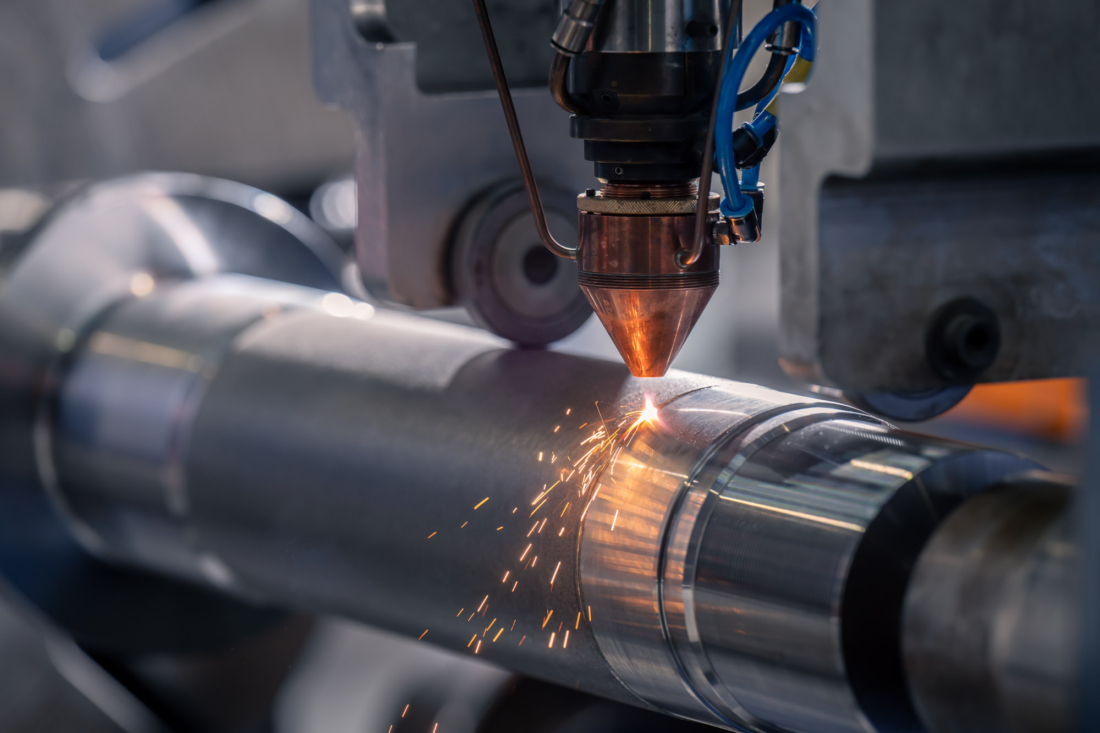
Markets & Applications
Laser cladding offers proven value across a range of sectors. Topclad supports clients in:

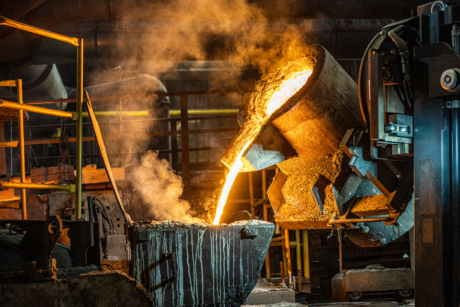
Steel industry
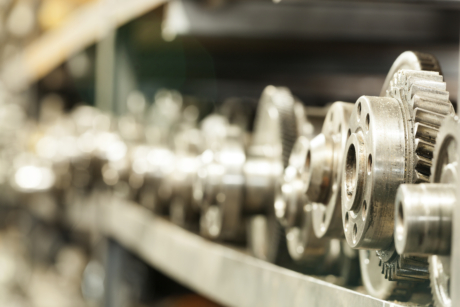
Machine Parts
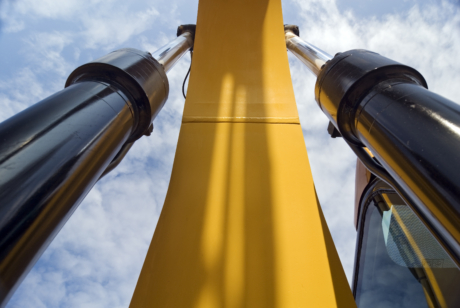
Hydraulic Cylinder Rods
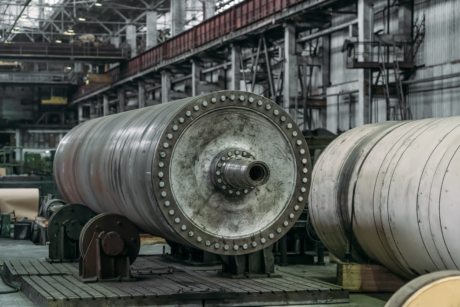
Rollers & Drums
Ready to talk
with us?
Topclad Laser Cladding is the leading manufacturer of innovative laser clad layers in Europe. Based in Lelystad, the Netherlands, Topclad Laser Cladding develops and applies laser clad layers for the most demanding industries including oil, gas, sustainable energy, offshore, dredging, mining, bridges and water locks, steel manufacturing and food processing.
"*" geeft vereiste velden aan
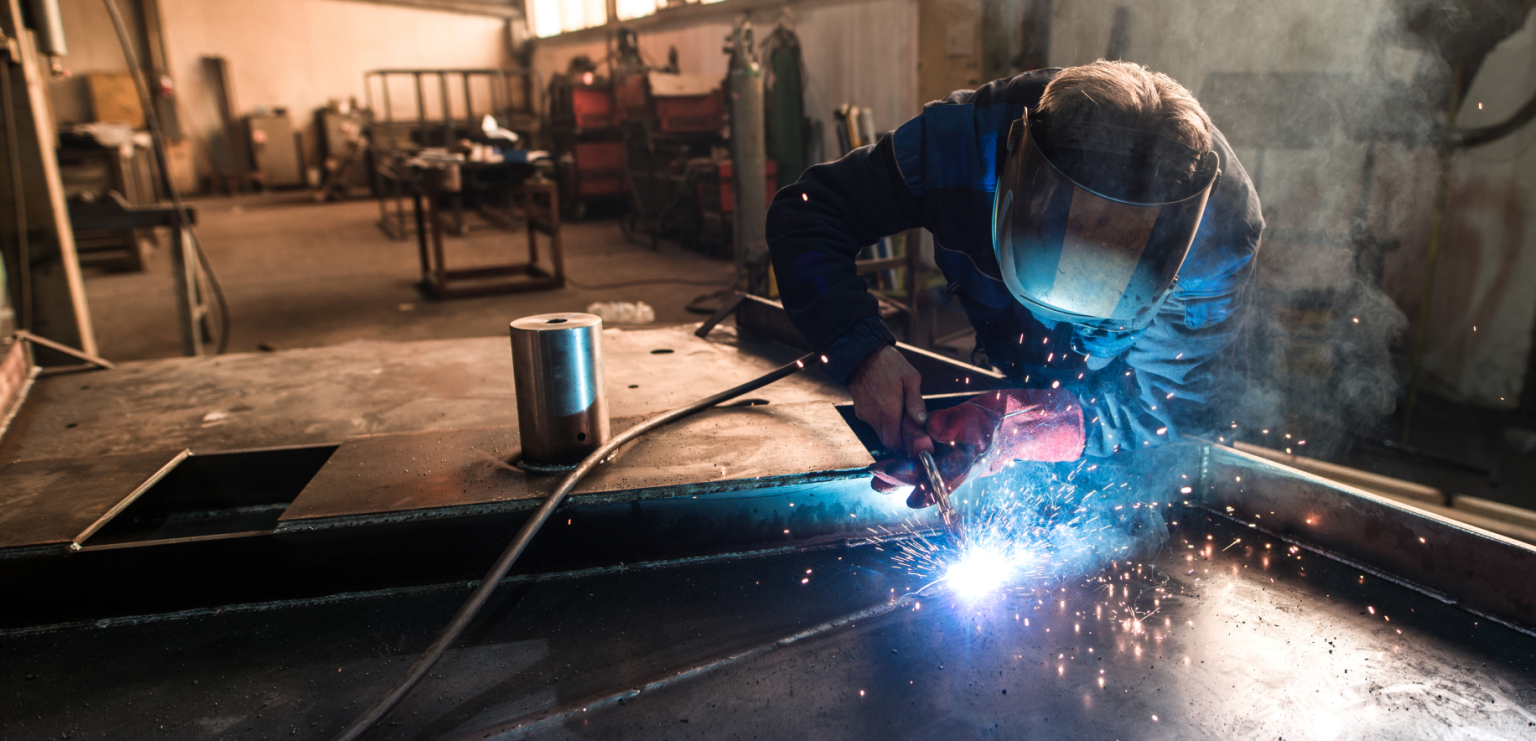
We are Topclad
Topclad is Europe’s leading manufacturer of innovative laser clad layers, based in Lelystad, the Netherlands. We specialize in developing and applying laser clad layers for the most demanding industries, including oil & gas, offshore, dredging, mining, bridges & water locks, steel manufacturing, and food processing.
Our mission is to provide components with superior protection against wear, corrosion, and impact, resulting in significantly improved reliability and uptime of capital-intensive equipment. With over 14 years of experience and a steadfast commitment to quality, we deliver solutions that enhance the performance and longevity of your critical machinery.

Why Topclad?
- Over 14 years laser cladding experience with over 10.000 cladded components
- More than 10 in-house developed laser clad layers
- Commitment to quality
- Expertise in comprehensive repairs
- 24.000 mm clad length capacity and 2.200 clad diameter capacity
- Chromium-6-free solutions